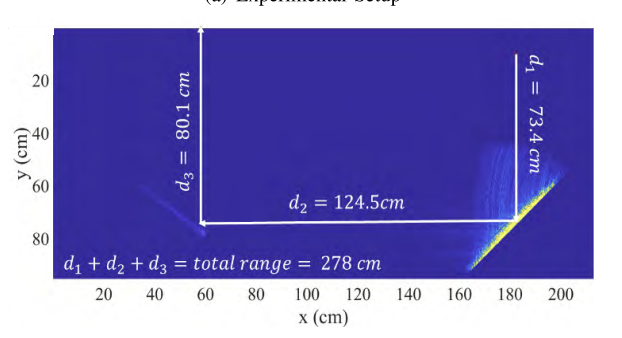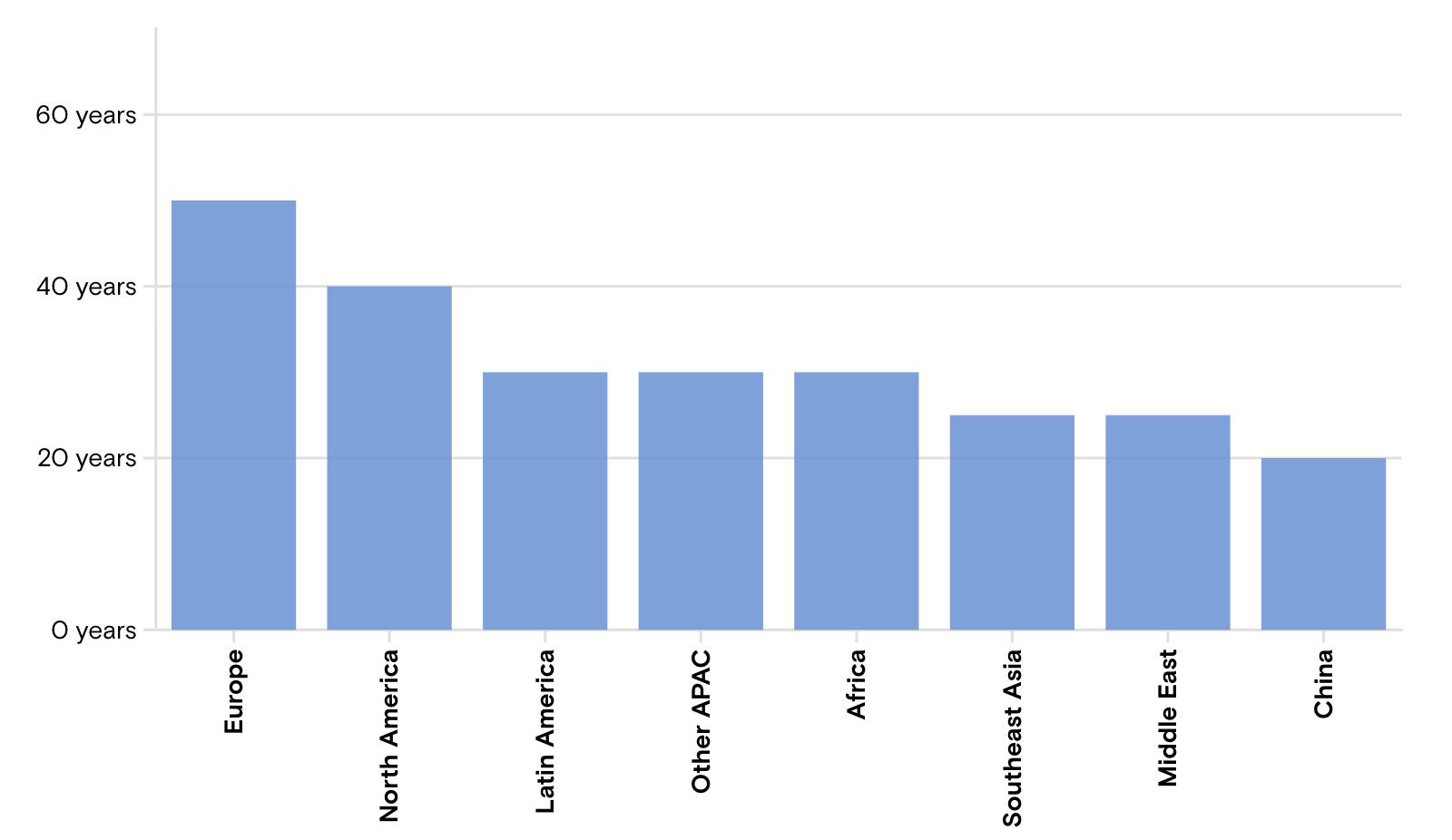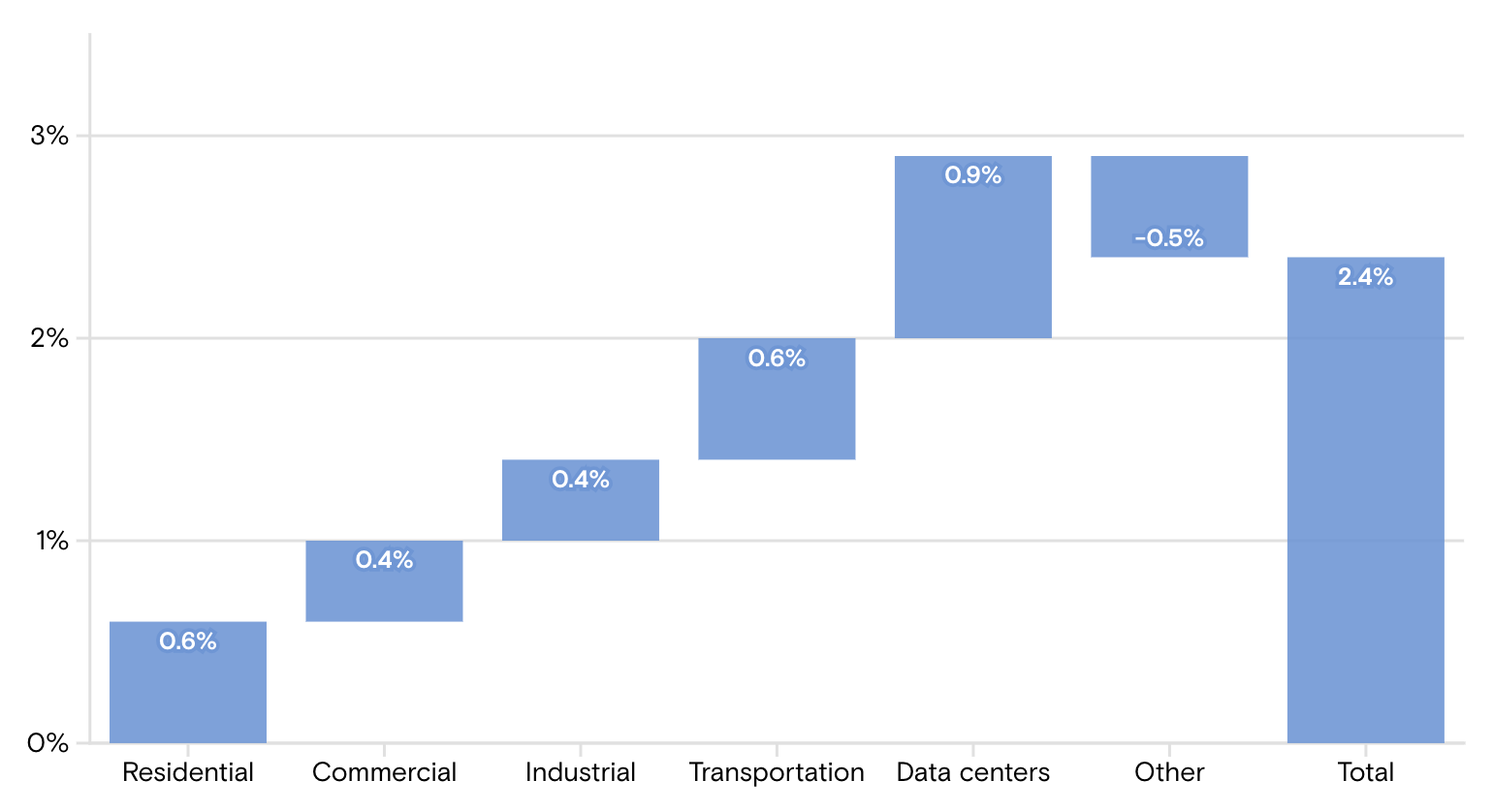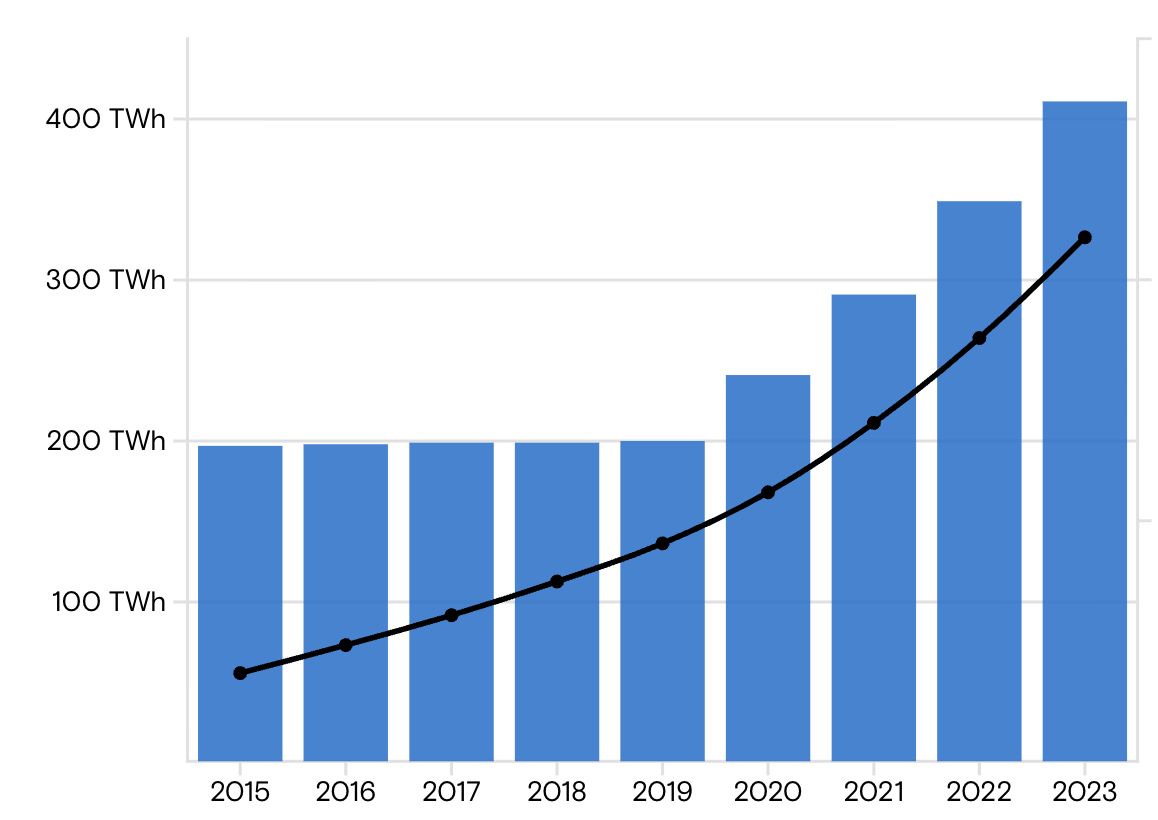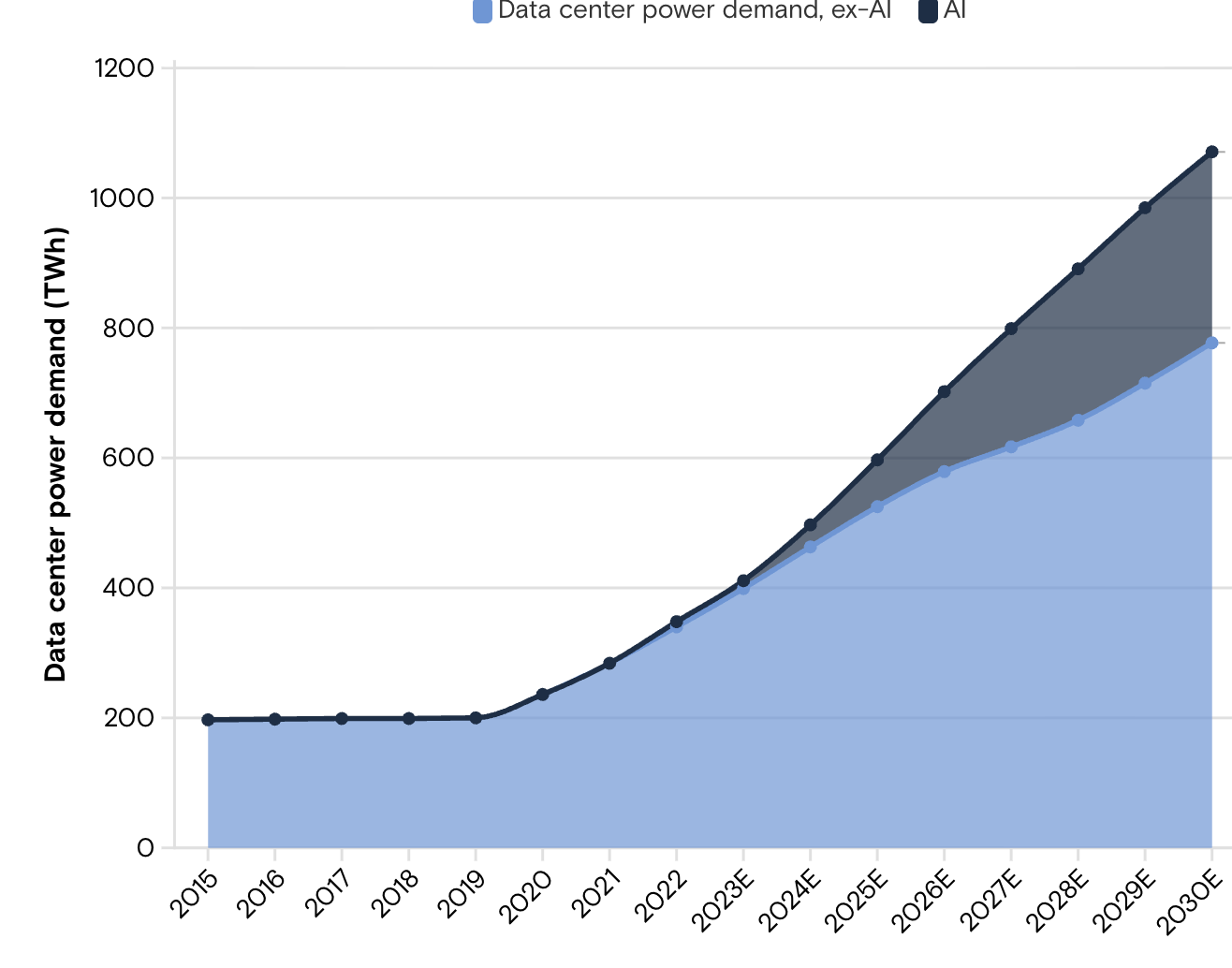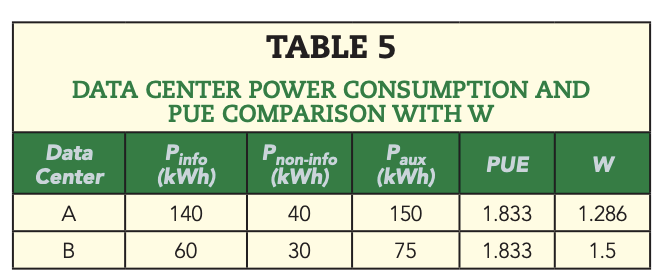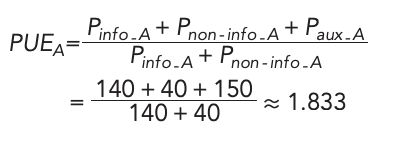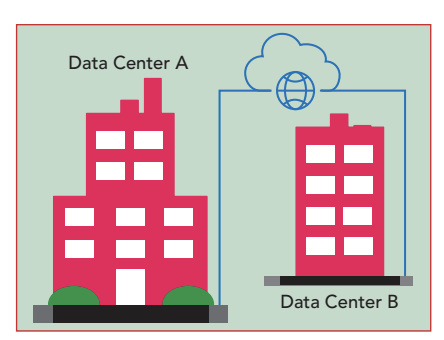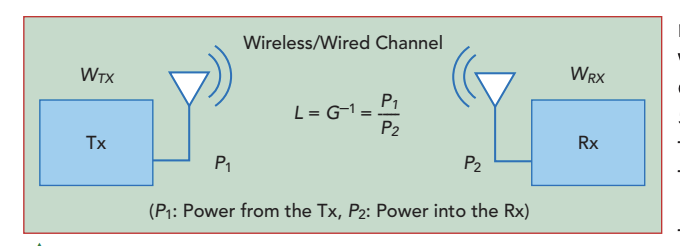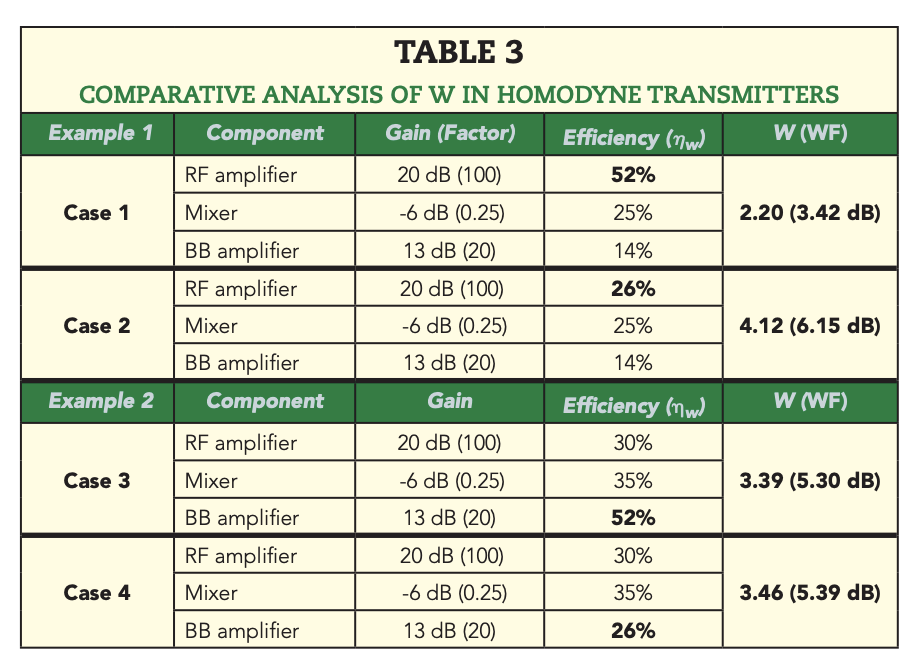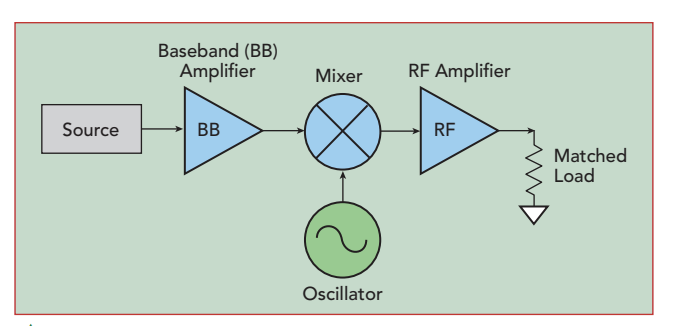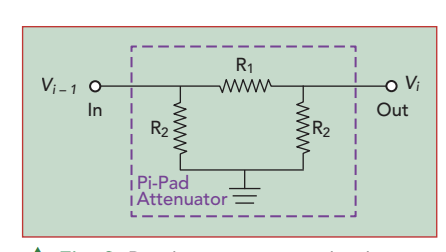Waste Factor: A New Metric for Evaluating Power Efficiency in any Cascade

NYU Wireless P.I.s
Research Overview
Fig. Estimated Annual data center energy demand(2014-2030) (TWh) by Goldman Sachs (https://www.goldmansachs.com/insights/articles/AI-poised-to-drive-160-increase-in-power-demand/)
- ICT currently accounts for 4-6% of global electricity usage, with AI playing an increasing role [https://post.parliament.uk/research-briefings/post-pn-0677/].
- According to Goldman Sachs prediction, AI energy consumption will double in 2029 [https://www.goldmansachs.com/insights/articles/AI-poised-to-drive-160-increase-in-power-demand/].
- ChatGPT’s 2.9 watt-hours per request, compared to Google’s 0.3 watt-hours per search, would add 10 TWh annually if scaled to 9 billion daily queries [https://www.iea.org/reports/electricity-2024].

NYU WIRELESS Founding Director, Theodore S. Rappaport, presents an overview of Waste Figure, Waste Factor. 2024 IEEE World Microwave Congress Keynote – May 3, 2024
NYU WIRELESS Founding Director, Theodore S. Rappaport, presents Energy Sustainability and the Impending Communications Power Consumption Tidal Wave: What To Know and How To Improve Energy Efficiency for the ICT Industry [May 1, 2025, College of Engineering, Purdue University]
Background: The era of telecommunications is swiftly progressing from 5G to the intricate landscape of 6G. This transition brings to light an escalated need for energy efficiency across wired and wireless communication infrastructures. Contemporary systems are already accountable for 2% of the world’s energy consumption. Forecasts project this number to 20% by the end of 2030, with 6G networks being a significant contributor. These anticipated leaps, characterized by ultra-wide bandwidths and elevated data rates, simultaneously compound the dilemma of energy oversight. This energy imperative becomes even more accentuated for Internet of Things (IoT) devices, known for their operation within stringent resource parameters. The global initiative to curb greenhouse gas emissions and mitigate climate change further accentuates the urgency to innovate energy-efficient solutions, particularly within wireless networks.
About the Research: Waste Factor (W) is a tool for understanding the energy efficiency in communication networks. This is a practical tool inspired by H. Friis’ Noise Factor from 1944. W provides a tangible means to measure power efficiency in cascaded communication systems. Additionally, the recent study used the established Power Usage Effectiveness (PUE) metric, commonly used in data centers, to expand the practical applications of W to evaluate the power efficiency of data centers better. Simulations focused on the impact of cell radius, carrier frequency, system bandwidth, and component efficiency in communication systems and gave concrete insights into real-world energy efficiency scenarios.
The power consumed by every communication device, system, or cascade consists of three parts [https://ieeexplore.ieee.org/document/10436843, https://ieeexplore.ieee.org/document/10604822].

Fig. Explanation of power consumed by every communication device, system, or cascade
For every device along the chain of a cascaded network, we define gain and efficiency. Gain and Efficiency are defined for components in the cascade that carry information to later stages of the cascade (e.g., signal path components).
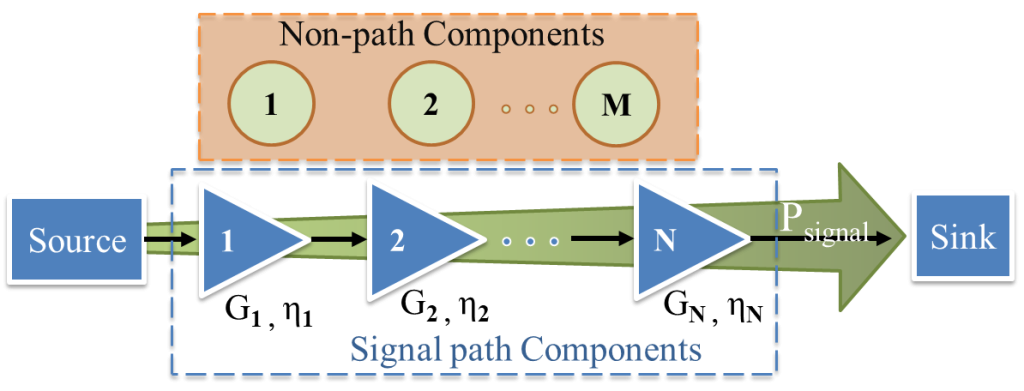
Fig. A cascade system with N signal path component/devices
In 1944, a figure of merit to quantify noise in a cascaded system:
Multiple-Input Multiple-Output (MIMO) Systems: Generalized Waste Factor analysis framework treating the MIMO system as cascaded stages of Multiple-Input Single-Output (MISO) or Single-Input Multiple-Output (SIMO) components with appropriate combining at each interface. [https://ieeexplore.ieee.org/document/10900955]
Key Findings
- The Consumption Efficiency Factor (CEF), which is data rate over power consumed [5] showed varied behavior during uplink transmissions, in contrast to a more predictable behavior during downlink transmissions.
- When put to the test, the research showed that operating at 142 GHz is more energy-efficient than at 28 GHz, especially as the number of actual User Equipment (UE) and Base Stations (BS) in a network increased.
Universal applications of Waste Factor:
- W offers a potential framework for assessing AI/ML algorithms implemented within cascaded communication networks. Through simulation, our research provides insights into potential optimization strategies for enhancing network architecture.
- We extend W and apply it to data centers. This refined approach supplements the data center energy efficiency metric, PUE, to facilitate a rigorous comparative analysis of power efficiency across different types of data centers.
Future Implications: Peering into the future, the horizon illuminated by the W looks promising. One can imagine a wireless scenario where base stations are equipped with optimal settings fine-tuned by W. The interplay between AI/ML algorithms and the W paves the way for a zenith of energy efficiency. In this envisioned world, W emerges not just as a metric but as a beacon, guiding us toward a greener, more sustainable wireless communication future.

 2025 Brooklyn 6G Summit — November 5-7
2025 Brooklyn 6G Summit — November 5-7 Sundeep Rangan & Team Receive NTIA Award
Sundeep Rangan & Team Receive NTIA Award 2025 Open House
2025 Open House









